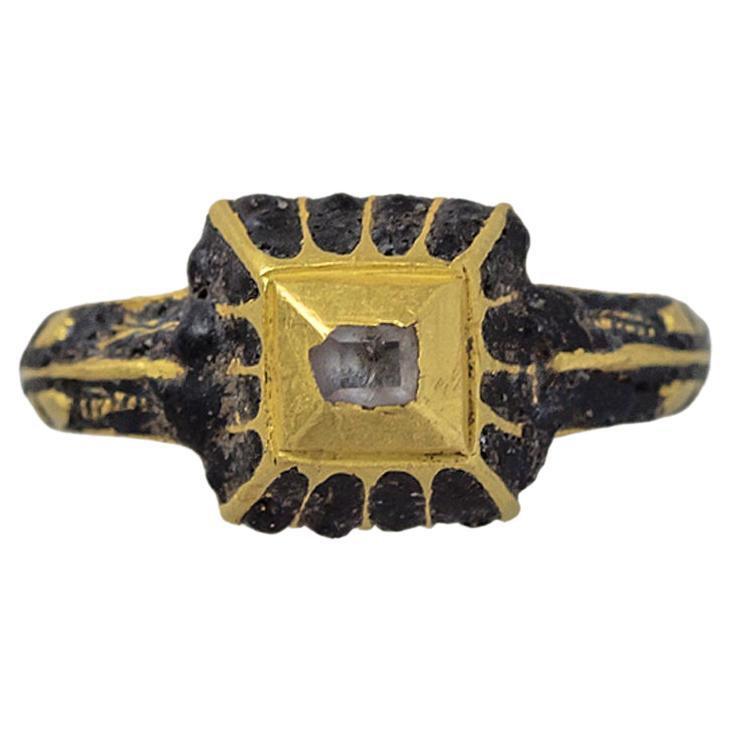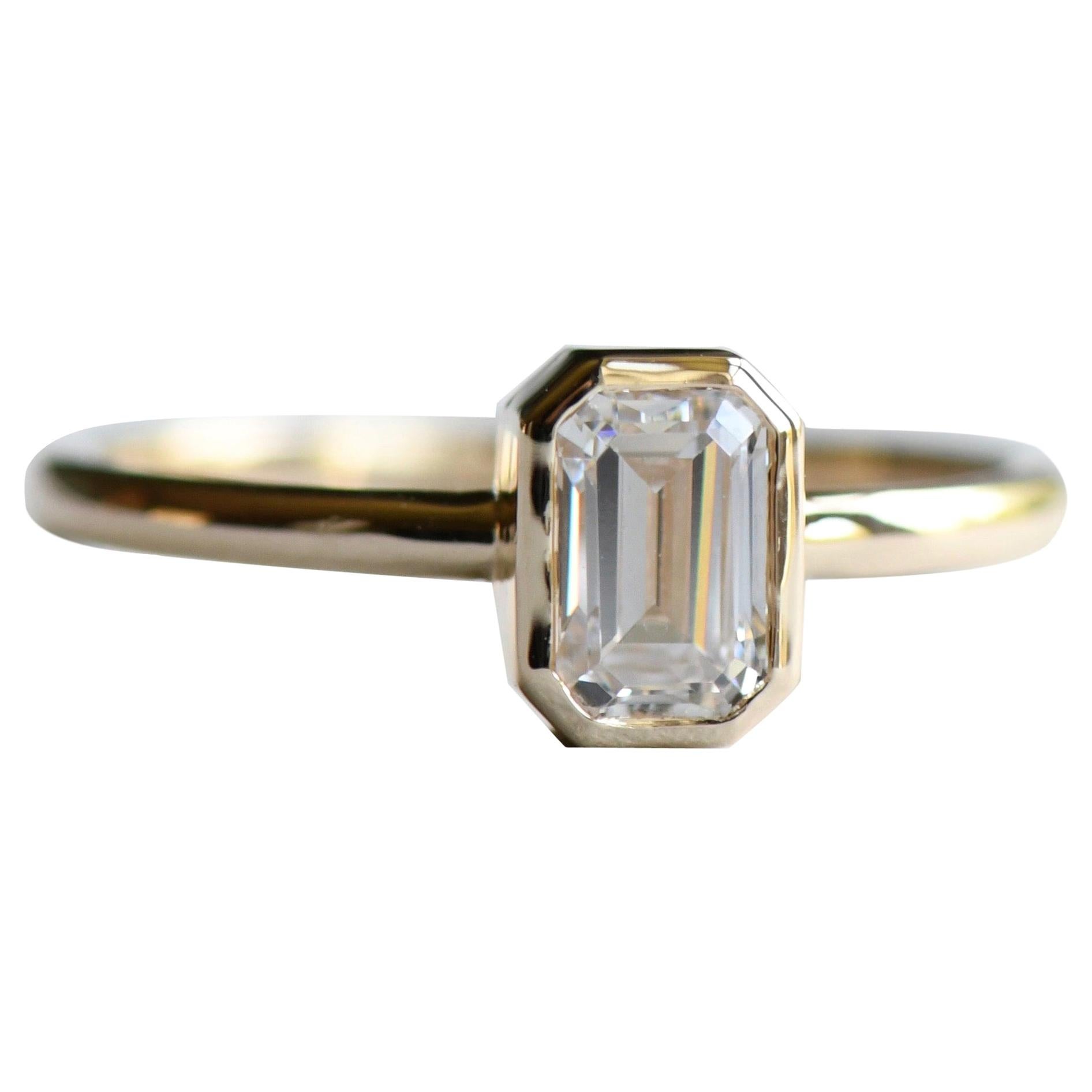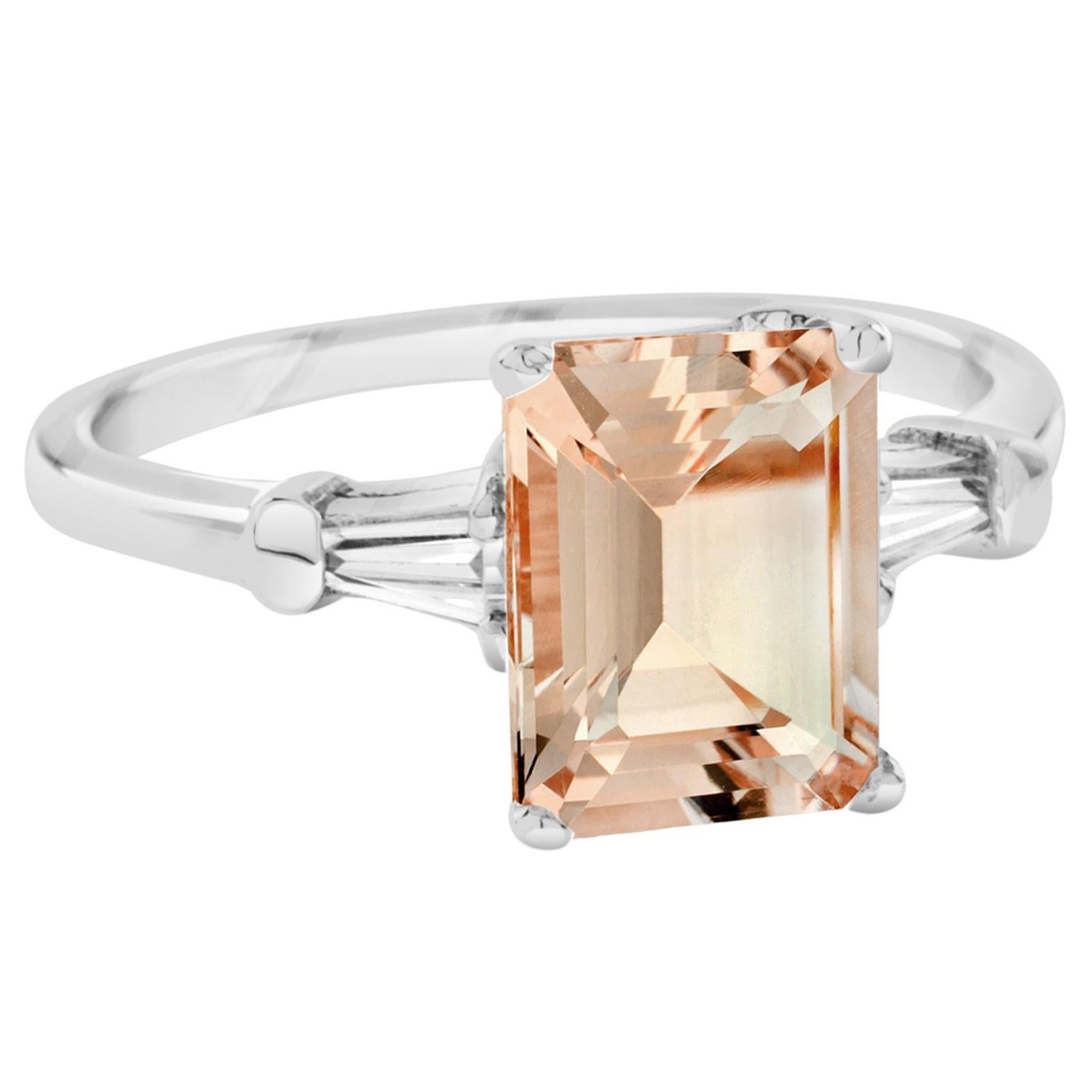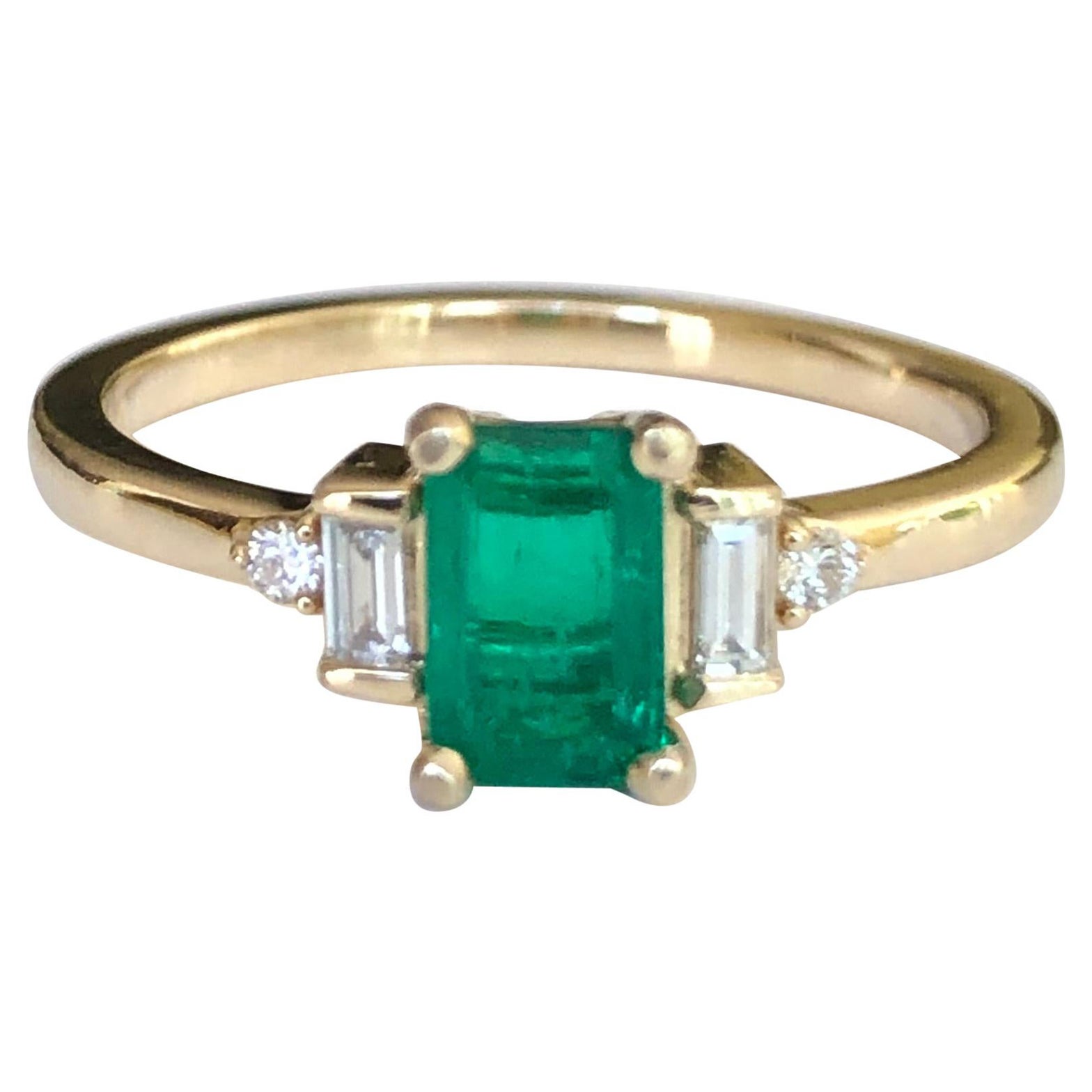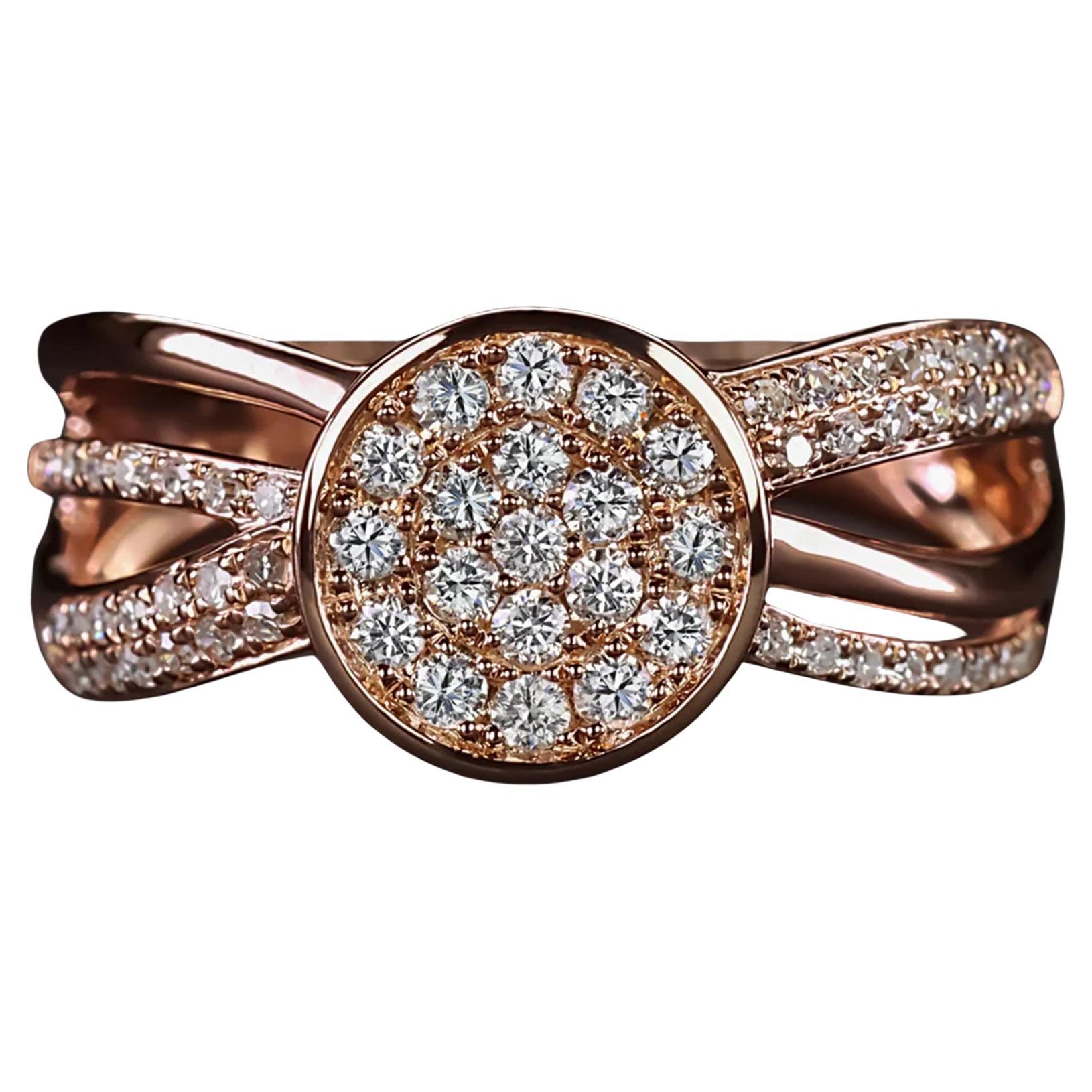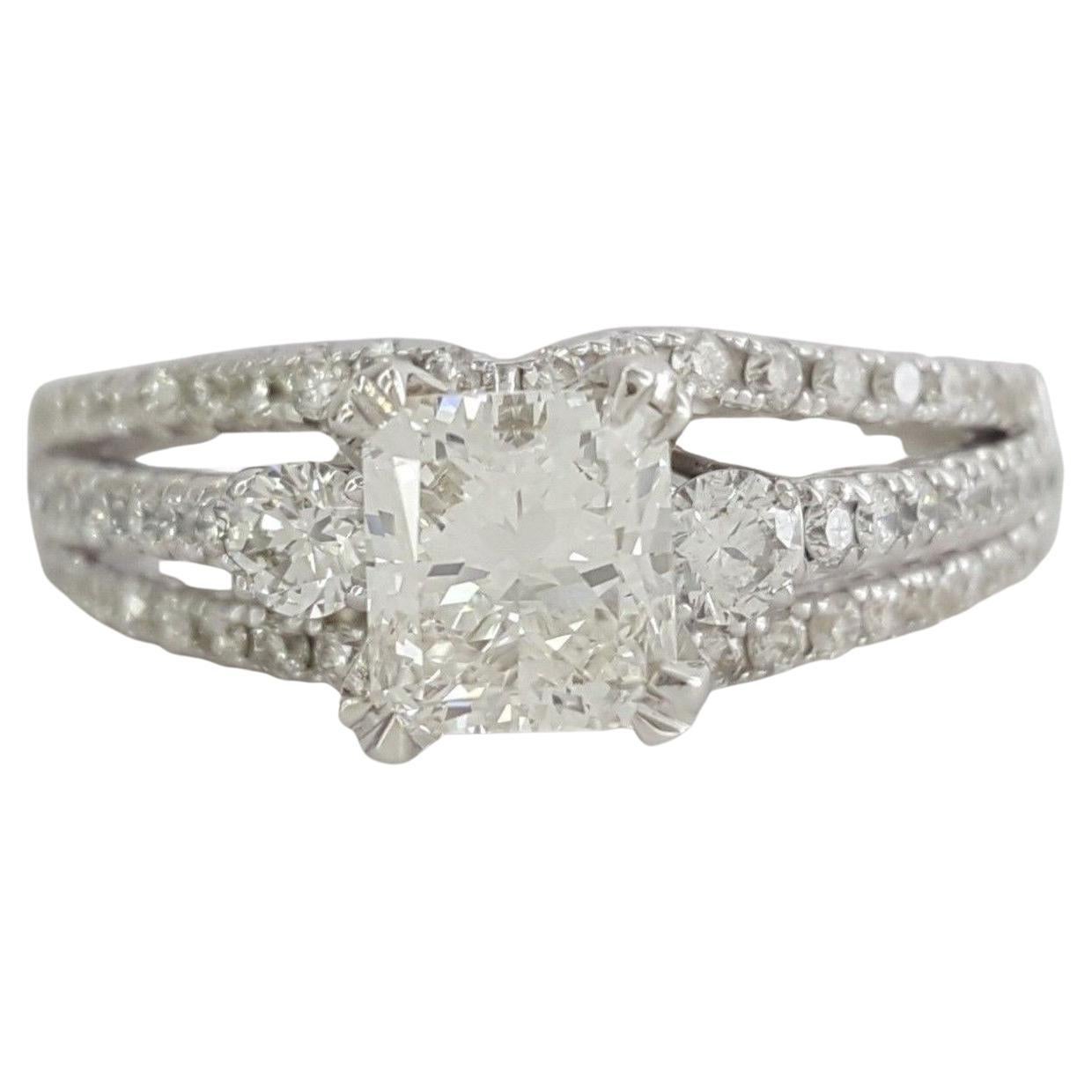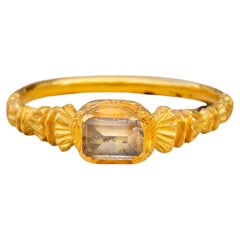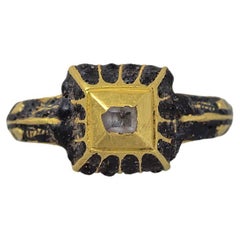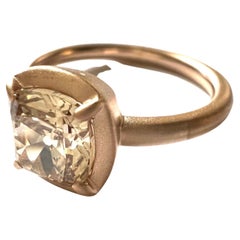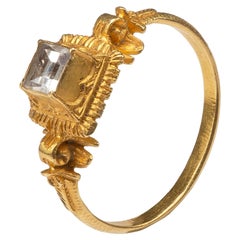
Renaissance Gold Marriage Ring with Table-Cut Rock Crystal
View Similar Items
1 of 11
Renaissance Gold Marriage Ring with Table-Cut Rock Crystal
About the Item
- Ring Size:7.25 US, Not Resizable
- Metal:
- Stone:
- Stone Cut:
- Weight:4.09 g
- Style:
- Place of Origin:
- Period:
- Date of Manufacture:late 16th century
- Condition:Wear consistent with age and use.
- Seller Location:Chicago, IL
- Reference Number:Seller: R 9911stDibs: LU2334218144702
Authenticity Guarantee
In the unlikely event there’s an issue with an item’s authenticity, contact us within 1 year for a full refund. DetailsMoney-Back Guarantee
If your item is not as described, is damaged in transit, or does not arrive, contact us within 7 days for a full refund. Details24-Hour Cancellation
You have a 24-hour grace period in which to reconsider your purchase, with no questions asked.Vetted Professional Sellers
Our world-class sellers must adhere to strict standards for service and quality, maintaining the integrity of our listings.Price-Match Guarantee
If you find that a seller listed the same item for a lower price elsewhere, we’ll match it.Trusted Global Delivery
Our best-in-class carrier network provides specialized shipping options worldwide, including custom delivery.You May Also Like
Scarce Renaissance 16th Century Rock Crystal Marriage Ring Medieval Middle Ages
Located in London, GB
A scarce late Renaissance gold ring, made in Western Europe, circa 1580-1620!
The quatrefoil bezel takes the form of a flower petals and contai...
Category
Antique Early 1600s English Renaissance Engagement Rings
16th Century Renaissance Gold Ring with Table Cut Rock Crystal 22K Gold
Located in London, GB
A stunning example of a European renaissance ring dating to 1550-1600! A table-cut rock crystal is mounted in a closed back rub over setting. The quatrefoil bezel is cuffed with a re...
Category
Antique 16th Century British Renaissance More Rings
Materials
Rock Crystal, 22k Gold
Gold and Diamond Renaissance Ring 17th Century
Located in Amsterdam, NL
One small gold ring set with a table cut diamond with dark blue champlevé enamel in stripes in the arcades of a box bezel and in the shank, Western Eur...
Category
Antique Early 17th Century Dutch Renaissance Solitaire Rings
Materials
Diamond, Gold
Ring in 750 Red Gold with Antique Cut Diamond
By Thomas Leyser
Located in Idar-Oberstein, DE
1 Ring in 750/ Red Gold, set with 1x Diamond (cushion, antique-cut, VS2, 1.16ct).
This stone is antique inspired with a very deep, impactful color saturation with a shade of brown t...
Category
21st Century and Contemporary German Contemporary Engagement Rings
Materials
Diamond, Gold, 18k Gold
Ring in 750 Red Gold with Marquise Cut Diamond
By Thomas Leyser
Located in Idar-Oberstein, DE
Ring in 750/ Red Gold (4.5 gram), set with 1x Diamond (LY/ VS2, Marquise-cut, 1.09cts)
Beautiful antique inspired stone with a golden/honey colored tone. The stone looks much large...
Category
2010s German Contemporary Engagement Rings
Materials
Diamond, Gold, 18k Gold
18 Carat Gold French Ring Set with Step Cut Diamond
Located in Amsterdam, NL
A simple and clean 18 carat gold ring with an step cut diamond (2.00 carat, J, VS2) set in a box setting with prongs, France.
weight: 3.80 grams
ring size...
Category
Late 20th Century French Engagement Rings
Materials
Diamond, Gold, 18k Gold
Recently Viewed
View AllMore Ways To Browse
Antique 16Th Century Jewelry
Antique Renaissance Ring
Blue Middle Table
Antique Blue End Table
16th Century Renaissance Gold
Table Cut Ruby
Rock End Table
Antique 16th Century Ring
Antique Reliquaries
Antique Reliquary
Omani Gold
Ruby Scroll Ring
Ruby Red Cut Crystal
Antique Step End Table
Antique Step End Tables
16th Century Gold Rings
Antique Gold Diamond Hoops
Set Of 2 Antique End Tables


